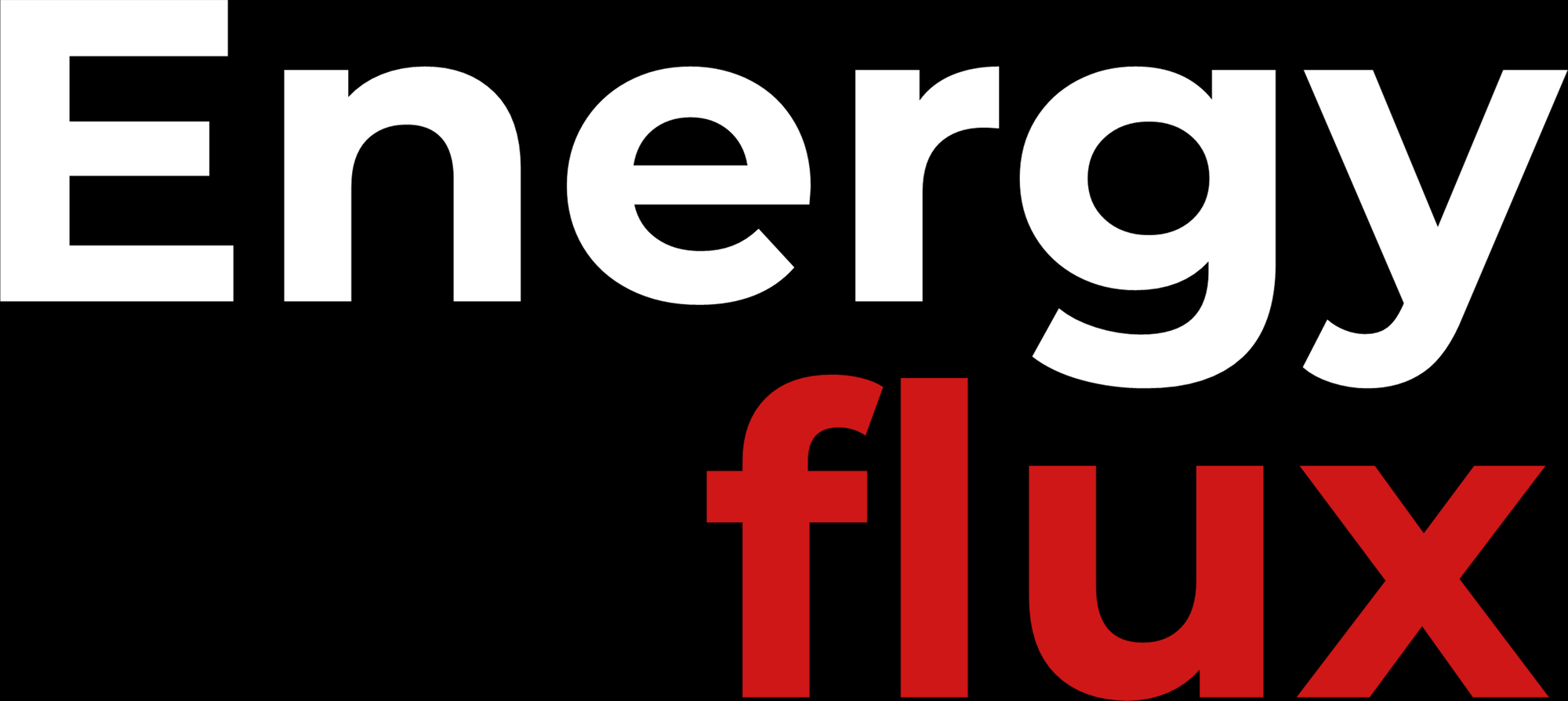What is Energy Flux?
Welcome to Energy Flux – the newsletter that analyses global natural gas markets, energy economics and geopolitics through the lens of Europe’s net-zero journey.
Energy Flux is written by me, Seb Kennedy, to raise awareness of how gas markets work – and to analyse the significance of big movements in wholesale gas and LNG (liquefied natural gas) prices.
Who is it for?
Anyone whose personal or professional interests overlap with the European energy transition, or who wants a better understanding of the role of gas in a volatile, decarbonising world.
Investors, energy companies, think-tanks, NGOs, legal firms and policymakers are the main recipients – but the audience is diverse and some of the most avid readers are curious individuals or energy aficionados without professional ties to this space. It’s a broad readership and everyone is welcome.
Why gas?
For better or worse, gas and LNG are still a pillar of the European energy system. Natural gas is both the hero and the villain of Europe’s energy transition, literally keeping the lights on when renewables fall short but at significant economic and environmental cost.
The economics of gas shot up the political agenda following Russia’s full invasion of Ukraine in 2022. Europe’s pivot to LNG triggered intense price volatility that sent shockwaves through global energy markets and squeezed consumers in all gas-reliant segments of the economy.
As the marginal generator, gas typically sets the power price. With Europe now leaning more heavily on LNG, understanding global LNG market dynamics is essential to understanding the economics of zero marginal cost generators (renewables and nuclear) in most western European electricity markets.
For upstream producers, there is a strong incentive to gain exposure to global LNG markets. But gas-producing countries often find that embracing LNG exports means importing higher prices. Gobbling up the arbitrage in the quest for bigger upstream margins comes at the expense of consumers – with potential for political consequences.
The volume of gas traded as LNG overtook that of pipeline gas in 2021, and the gap will only widen. Yet this crucial fuel is poorly understood: price formation lacks transparency, trade dynamics are clunky and LNG contracts are opaque, to say the least. Energy Flux exists to shed light on these murky niches of the energy system, and to make sense of what’s driving market sentiment.
Who are you?
I am a freelance energy journalist and market analyst using data to carve out engaging narratives about the economics of decarbonisation.
I’ve been writing about energy since 2008, when I started as a cub reporter on the UK renewables beat. Since then I have written for a variety of trade publications and consultancies about oil and gas, LNG, hydrogen, energy geopolitics, market design/regulation and climate policy in international markets. Check out my LinkedIn bio here.
What’s your agenda?
Energy Flux is 100% editorially independent. It is funded entirely by paying subscribers, which allows me to provide unbiased coverage of energy market developments.
That said, I do have opinions and these shape my writing. I support efforts to reduce Europe’s dependence on gas and LNG where cheaper and cleaner alternatives exist. Demand reduction and energy efficiency are among the most powerful tools in the climate policy box.
Over-reliance on LNG unduly exposes consumers to market volatility and (geo)political machinations in faraway places, while undermining European climate policies and energy security. It also renders the fuel unaffordable in emerging markets that are pursuing coal-based industrialisation pathways – markets where LNG might otherwise help reduce emissions (notwithstanding research that calls into question the climate benefits of US LNG over coal).
I seek to balance that position with an explicit acknowledgement of the importance of gas to European prosperity and industrial productivity. If gas and LNG supplies are constrained too quickly in the name of climate action, emissions could spike and much of Europe (as well as other regions) could even be plunged into turmoil.
My aim in writing Energy Flux is to bring nuance and clarity to the debate on the role of natural gas in Europe’s energy transition, while questioning the prevailing narrative that decarbonisation will support LNG demand growth for decades to come.
Why subscribe?
Premium subscribers will receive on average one newsletter per week, but often more depending on news flow.
These weekly posts alternate between:
💥 The EU LNG Chart Deck — a datavis-heavy analysis of recent gas and LNG price movements (e.g. JKM-TTF spreads, freight costs, US LNG netbacks, EU spark/dark spreads)
💥 Deep Dives — longer text-based essays that explore under-reported themes in gas, LNG and the wider energy system.
💥 Hot Takes and Breaking News — instant insight and quick-fire updates on fast-moving energy market events
Wait, there’s more!
Premium subscribers will also receive the following additional benefits:
💥 PODCAST Q&A: Email in your questions and comments for the Q&A mailbag section of Energy Flux: On Air podcast.
💥 DRIVE THE CONVERSATION: Start new threads in the Energy Flux subscriber chat, and leave comments on all posts (*new features coming soon!)
‘Free’ readers will receive paywalled previews of premium content, and the odd free post.
For full access to the paywalled archive and to join the community, take out a premium subscription — and support independent energy journalism 😇
If you enjoy the content but can’t afford a full subscription, please get in touch to arrange a bespoke plan.
I am also happy to manage corporate accounts personally via annual invoicing. Again, please get in touch to discuss this.
A small caveat
Family demands and travel will occasionally disrupt the publication cadence. I will always give paid subscribers notice of upcoming breaks to the schedule, and will seek to make up for any ‘missing’ posts throughout the year.
I usually pause billing if there is likely to be a gap of a few weeks or more. We all need periodic downtime, but fair’s fair.
Seb Kennedy | Energy Flux | January 2024
